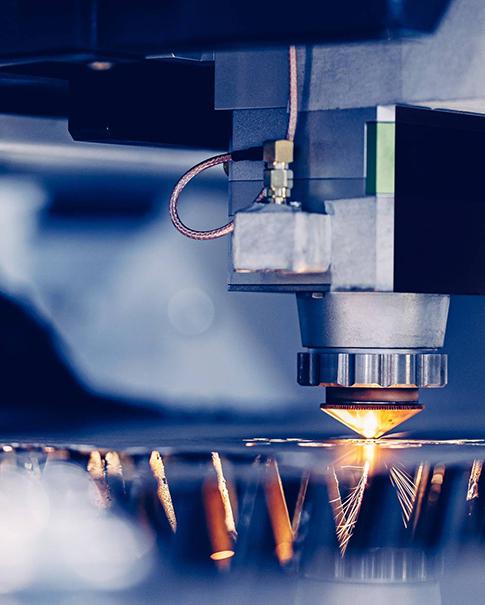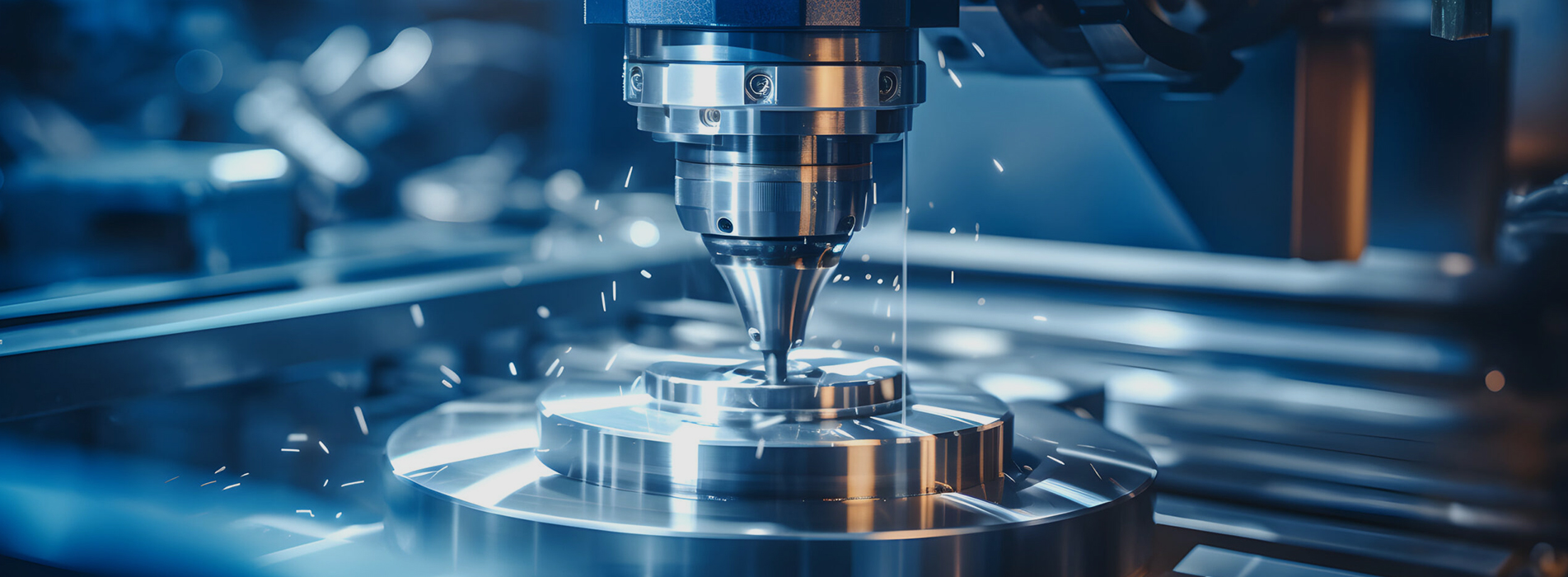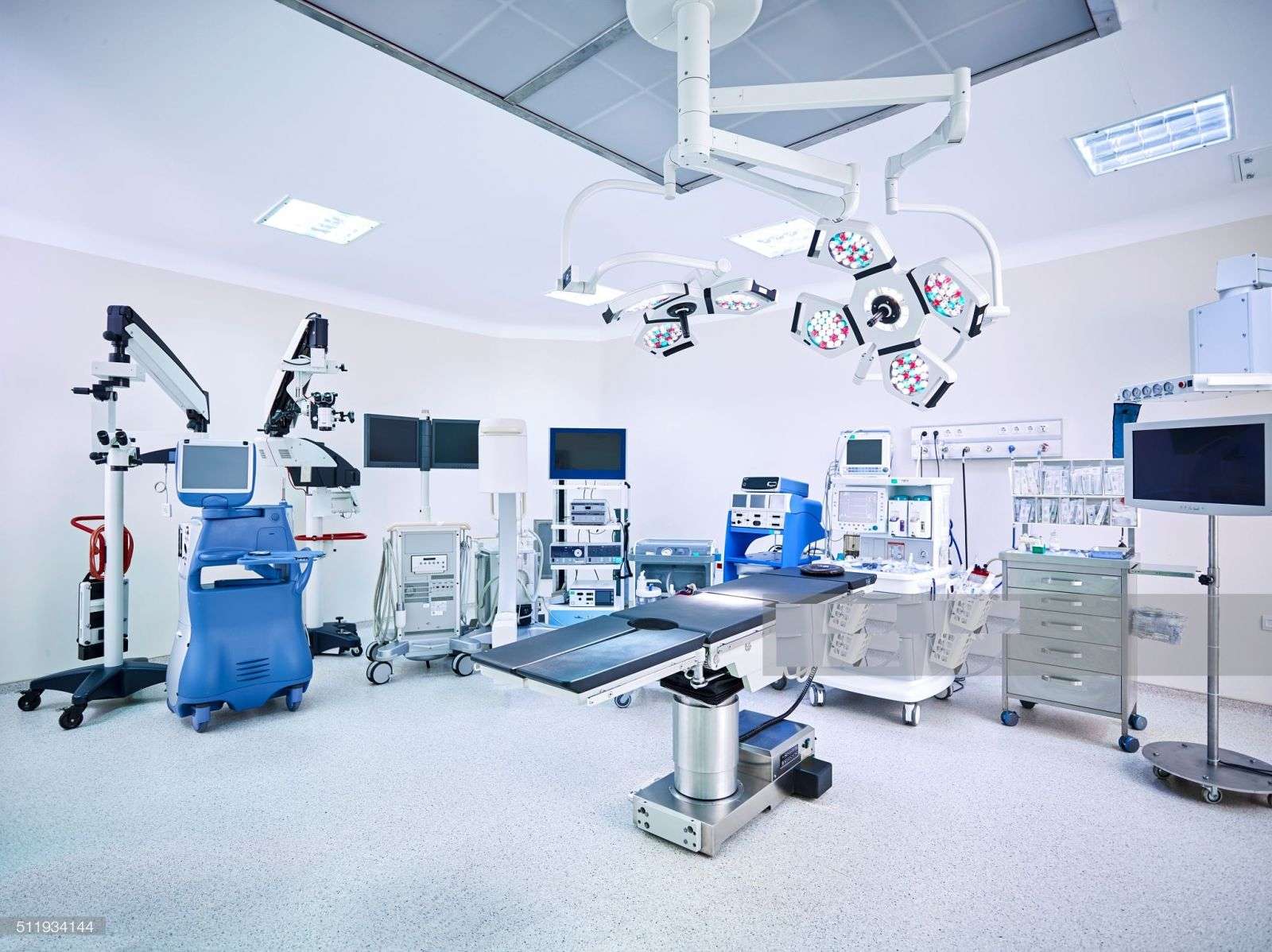Rapid CNC Prototyping and Parts machining FAQs
Mar 18, 2025
1. What are the advantages of CNC prototypes over 3D printing?
Answer: CNC prototypes are generally superior to 3D printing in terms of accuracy and material selection. CNC machining can process a variety of materials such as metals and plastics, and has a high surface quality, which is more suitable for functional testing and final product production.
Understanding the Impact of Early Prototyping Involvement in Product Design
The early involvement of prototyping experts plays a critical role in the product design process. By bringing these experts into the initial stages, design teams can leverage their skills to foresee and mitigate potential issues that could arise during manufacturing.
Key Benefits of Early Expert Involvement:
Enhanced Collaboration: By integrating prototyping experts early, design and manufacturing teams work together seamlessly, ensuring a unified approach throughout the development process.
Identifying Challenges Early: These experts contribute valuable insights that help in pinpointing possible design hurdles long before they escalate into costly manufacturing issues.
Optimizing for Manufacturability: With their vast experience, prototyping professionals can suggest modifications that make the design both easier and more cost-effective to produce.
Performance Refinement: Early input ensures that the product not only meets but exceeds performance expectations, thanks to iterative testing and refinement guided by prototyping expertise.
In summary, tapping into the knowledge of prototyping experts at the start of the design phase results in a smoother transition from concept to final product, with enhanced efficiency and quality.
2. How long is the processing cycle of CNC prototypes usually?
Answer: The processing cycle of CNC prototypes depends on the complexity of the design and the selected materials. Simple designs may be completed in 1-3 days, while complex prototypes may take 5-7 days or longer.
3. How CNC Prototyping Cuts Down on Production Costs
CNC Prototyping plays a crucial role in minimizing overall production expenses by tackling design and manufacturing challenges upfront. Here’s how:
Early Identification of Flaws: By creating a prototype, potential issues in the design and production processes are identified before they escalate. This allows for quick adjustments, ensuring that costly mistakes don't make their way into mass production.
Efficiency in Iterations: Instead of undergoing a complete production run to test a design, CNC Prototyping allows for iterative testing and refinement. This process saves significant expenditure associated with large-scale changes once production has begun.
Material and Process Optimization: Through CNC Prototyping, businesses can experiment with various materials and methods to determine the most cost-effective options without committing substantial resources. This experimentation leads to optimized production processes, minimizing waste and reducing costs.
Risk Mitigation: By simulating real-world usage and conditions during CNC Prototyping, unforeseen issues can be addressed, reducing the likelihood of expensive recalls or product failures after launch.
Incorporating CNC Prototyping into the development phase can lead to strategic cost-saving opportunities, ensuring a smoother transition from concept to market-ready product.
4. How to ensure the dimensional accuracy of CNC prototypes?
Answer: Dimensional accuracy is guaranteed by precise CNC equipment, strict control of processing parameters, and post-testing. Using high-quality tools and cutters is also very critical.
5. What are the most commonly used materials in CNC prototype manufacturing?
Answer: Common materials include aluminum, copper, stainless steel, ABS plastic and nylon. These materials are widely used due to their excellent mechanical properties, processing and surface treatment effects.
6. Can CNC prototypes be produced in small batches?
Answer: Yes, CNC prototyping is very suitable for small batch production, especially when you need to quickly verify the design or market testing. Its flexibility and precision make it an ideal choice.
7. Is CNC prototype suitable for complex geometries?
Answer: CNC machining can handle very complex geometries, especially when using 5-axis CNC machines. However, some extremely complex designs may require special fixtures or step-by-step processing.
8. What are the surface treatment options for CNC prototypes?
Answer: Common surface treatments include sandblasting, anodizing, electroplating, and polishing. These treatments can improve corrosion resistance, hardness, or achieve specific aesthetic effects.
9. What industries are CNC prototypes suitable for?
Answer: CNC prototypes are widely used in many industries such as automotive parts, aerospace parts, medical devices parts, consumer electronics parts, industrial equipment parts, etc., and are particularly suitable for application scenarios that require high precision and functional verification.
10. How to choose the right CNC prototype service provider?
Answer: When selecting a supplier, you should consider its equipment capabilities, technical experience, delivery cycle, quality control system, and customer feedback. It is also important to understand whether it can meet specific design and material requirements. What Are the Advantages of In-House Machining and Fabrication Capabilities?
In-house machining and fabrication capabilities offer a range of advantages that set companies apart from those who outsource these services:
Speed and Efficiency: By handling machining and fabrication tasks internally, companies can significantly reduce lead times. This efficiency means projects move from concept to completion much faster than if third-party services were involved.
Enhanced Quality Control: With every step of the process taking place under one roof, there's a greater ability to monitor and maintain quality standards. This control minimizes errors and ensures that each product meets high-performance criteria.
Cost-Effectiveness: Internal capabilities eliminate the need for outside contractors, reducing overall project costs. Savings can then be passed on to customers, making the service more competitive in the market.
Flexibility with Prototyping: Quick adjustments can be made during the prototyping phase, allowing for rapid iterations and improvements. This agility is crucial for meeting client specifications and adapting to changes swiftly.
Confidentiality and Intellectual Property Protection: Conducting all operations internally reduces the risk of intellectual property theft or leaks, keeping your designs and innovations secure.
By integrating these capabilities in-house, companies enhance their overall operational effectiveness, delivering superior products with greater speed and reliability.
11. Why is Prototyping Considered a Critical Phase in Product Development?
Prototyping stands as a vital step in the journey of product development due to its multifaceted benefits. At its core, prototyping involves crafting an initial model of a product. This foundational step allows teams to explore and test various aspects, such as functionality and design, before scaling up to full production.
Benefits of Prototyping:
Spotting Design Flaws Early: By experimenting with a prototype, potential issues in both design and functionality can be identified before mass production begins. This proactive approach helps avoid costly revisions down the line.
Enhancing Product Performance: Iterative testing of a prototype ensures that design tweaks and enhancements can be made efficiently, ultimately leading to a product that performs well under real-world conditions.
Cost Efficiency: Early-stage adjustments save significant time and resources. By catching issues upfront, companies can sidestep expensive production missteps, optimizing their investment.
Meeting Customer Expectations: Prototypes offer a tangible way to gauge whether a product will align with consumer needs and quality benchmarks, thus ensuring higher customer satisfaction upon release.
In sum, prototyping is indispensable, allowing teams to refine and perfect a product, elevating it to meet both industry standards and consumer demands effectively.
















 SUBSCRIBE TO OUR NEWSLETTER
SUBSCRIBE TO OUR NEWSLETTER






